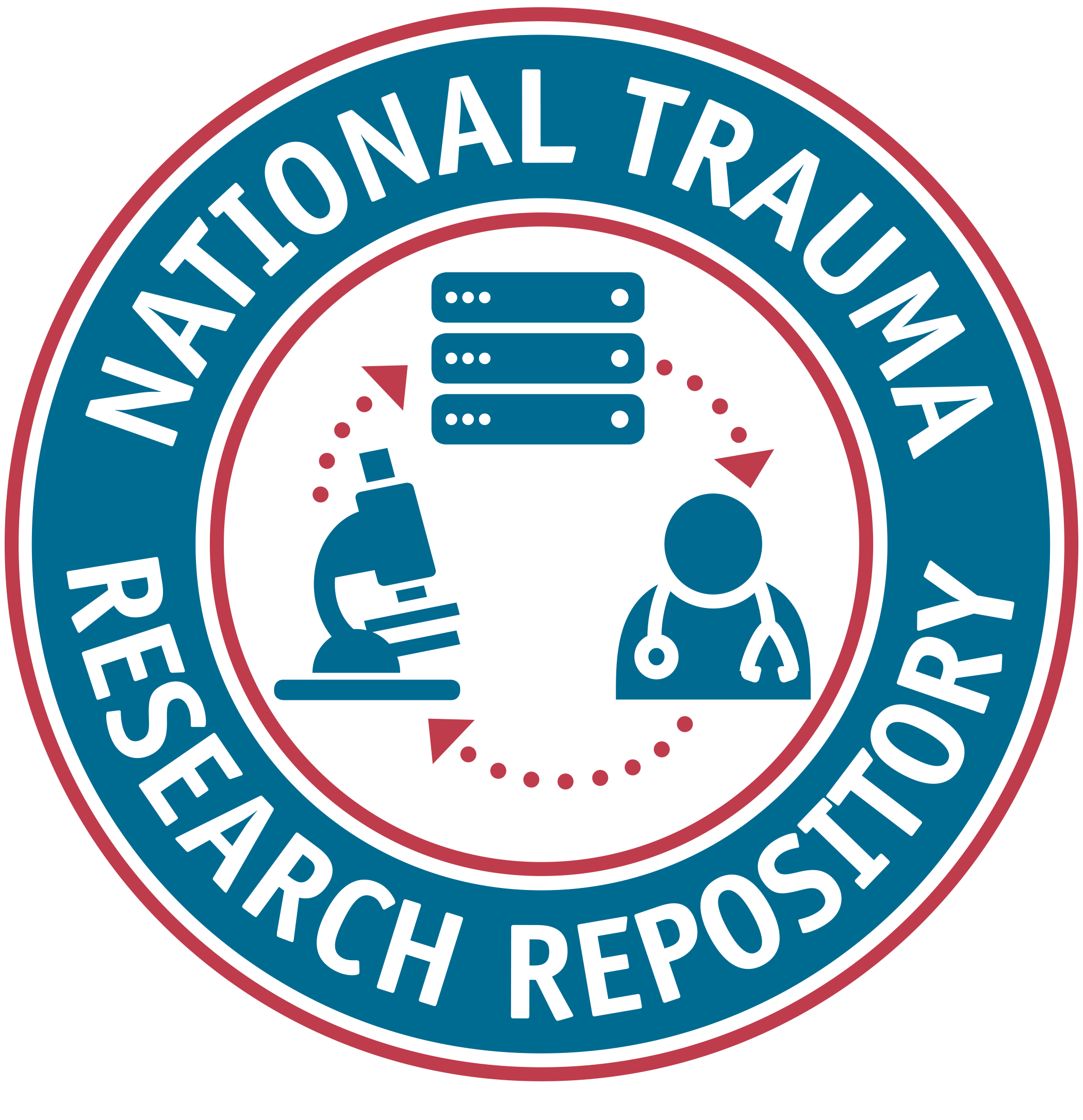Listed below are the details for the data element.
FITBIR
1.8
Element Type
Common Data Element
Hypoxic episode indicator
HypxEpiInd
Short Description
Indicator of hypoxic episode. Hypoxic episode is defined as partial pressure of oxygen in the blood (paO2) less than 8kPa (60mmHg) or oxygen saturation (SaO2) less than 90%
Definition
Indicator of hypoxic episode. Hypoxic episode is defined as partial pressure of oxygen in the blood (paO2) less than 8kPa (60mmHg) or oxygen saturation (SaO2) less than 90%
Notes
Creation Date
Historical Notes
Hypoxic episode indicator
References
GENERAL/TBI: McHugh GS, Engel DC, Butcher I, et al. Prognostic value of secondary insults in traumatic brain injury: results from the IMPACT study. J Neurotrauma. Feb 2007;24(2): 287-93.
Silverstone P. Pulse oxymetry of at the road side: a study of pulse oxymetry in immediate care. BMJ. Mar 1989;298(6675): 711-13.
Stocchetti N, Furlan A, Volta F. Hypoxemia and arterial hypotension at the accident side in head injury. J Trauma. 1996;40: 764-67.
De Witt DS, Jenkins LW, Prough DS. Enhanced vulnerability to secondary ischemic insults after experimental traumatic brain injury. New Horizon. Aug 1995;3(3): 376-383.
Steyerberg EW, Mushkudiani N, Perel P, et al. Predicting outcome after traumatic brain injury: development and international validation of prognostic scores based on admission characteristics. PLoS Med. Aug 2008;5(8): e165.
MRC CRASH Trial Collaborators. Predicting outcome after traumatic brain injury: practical prognostic models based on large cohort of international patients. BMJ. Feb 2008;336(7641): 425-429. Signorini DF, Andrews PJ, Jones PA, et al. Adding insult to injury: the prognostic value of early secondary insults for survival after traumatic brain injury. J Neurol Neurosurg Psychiatry. Jan 1999;66(1): 26-31
Pediatric-specific reference(s): Adelson PD, Bratton SL, Carney, NA, Chesnut RM, du Coudray HE, Goldstein B, Kochanek PM, Miller HC, Partington MD, Selden NR, Warden CR, Wright DW. Guidelines for the acute medical management of severe traumatic brain injury in infants, children, and adolescents. Chapter 6. Threshold for treatment of intracranial hypertension. (2003a). Pediatr Crit Care Med 4: S25-S27.
Data Type
Alphanumeric
Input Restrictions
Single Pre-Defined Value Selected
Population
Adult and Pediatric
Guidelines/Instructions
TBI: Choose one.
GENERAL: Choose one. Response is obtained from medical charts and/or patient data management system. Recommend collection during initial medical treatment. TBI-specific notes: Second insults may be systemic (extracranial or intracranial). The occurrence of second insults is strongly associated with poorer outcome. Many types of second insults may occur in the in-hospital situation, both systemic and intracranial. Hypoxia, hypotension and inadvertent hypocapnia are the most frequent causes of jugular desaturations, and periods of low brain tissue oxygen tension. The depth and duration of systemic second insults during the clinical course is related to poorer outcome. We recommend to simply document the occurrence of second insults, differentiating single episodes of short duration from multiple episodes or those of more prolonged duration, as these latter may have more profound effects in aggravating secondary brain damage. Calculating the baseline prognostic risk for early mortality or functional outcome is recommended for all TBI studies.
Preferred Question Text
Did participant/subject experience hypoxic episode?
Category Groups and Classifications
| Disease | Domain | Sub-Domain |
|---|---|---|
| General (For all diseases) | Disease/Injury Related Events | Second Insults |
| Traumatic Brain Injury | Disease/Injury Related Events | Classification |
| Traumatic Brain Injury | Disease/Injury Related Events | Second Insults |
Classification
Traumatic Brain Injury:
Supplemental
Moderate/Severe TBI: Rehabilitation
Acute Hospitalized
Concussion/Mild TBI
Epidemiology
General (For all diseases):
Supplemental
Keywords
Injury_History
TRACK_TBI
Labels





